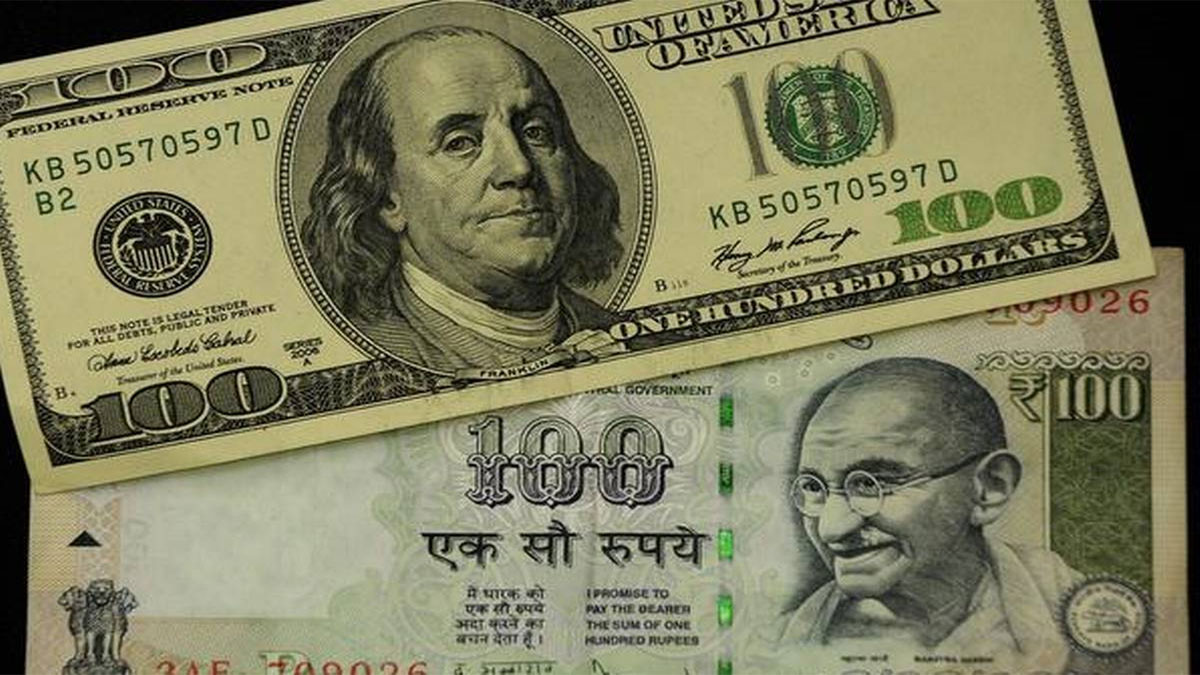The rupee fluctuated between 82.90 and 82.45 during this week of consolidation. After a lacklustre December month, last week was tumultuous as we witnessed a fall and recovery in the spot USDINR. Since other EM currencies began to gain strength versus the dollar, now is the ideal opportunity to go short in the pair as the rupee is starting to catch up. The emerging-market currency increased for the third consecutive week on hopes that China’s switch to pro-growth policies will ease pressure on the world economy. Lower USDINR is indicated by economic indicators, falling crude oil prices, and the dollar index.
2023 got off to a flat but tumultuous start for forex traders. The spot USDINR generally traded in a small range of around 50 to 60 paise, but it ended the week down by one pip, bringing its weekly drop to 82.73. The technical setup for the spot USDINR also changed to be bearish due to momentum oscillators’ negative divergence. The 50-day simple moving average serves as support for the pair right now, while 83 serves as resistance. We anticipate that the RBI and the oil majors would work to keep the rupee at level 82 to avoid a significant increase.
After US jobs data revealed slower-than-anticipated wage growth and unexpected weakness in the services sector, which raised hopes that the Federal Reserve could pause the pace of interest-rate hikes, a measure of the dollar’s strength erased the majority of the weekly gains on Friday. After declining for three weeks, the dollar does, however, start 2023 on a high note. Future dollar volatility after the US inflation statistics can be anticipated if past trends hold true.
On the weekly charts of the ICE dollar indexes, an uncommon bullish inverted hammer is forming. One started to form in November, shortly before the currency tanked. Prior to that, 2016 was the last week in which this type of candle formed at the close of trading. Technically speaking, a bullish hammer outperforms an inverted one at predicting trend reversals.

